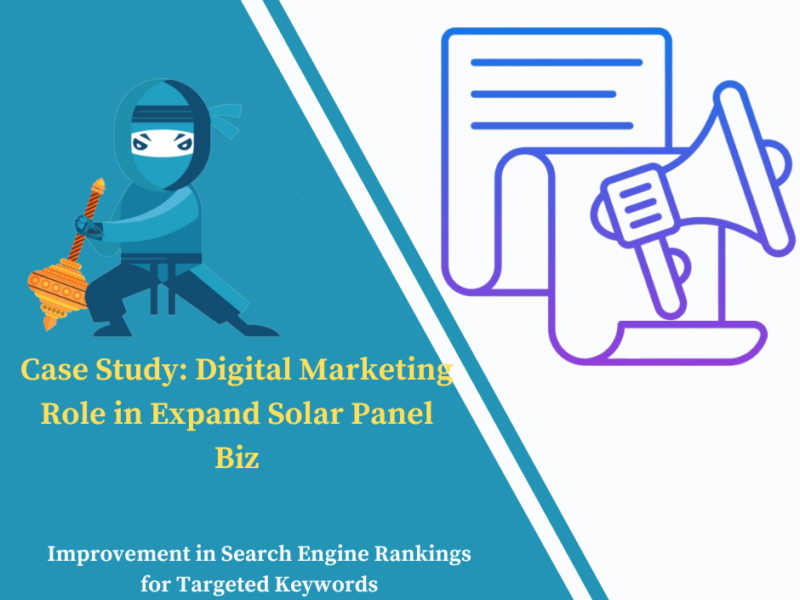
Days
Hours
Minutes
Seconds
Your Deal is Expired
|
|

Edit Content

As a leading online marketing company, always focuses on changing and improving businesses and their outcome.
Where to find us
- SN-3, First floor, ratauli road, near Town park, Bank Colony
- herry@hanuitsolutions.com
- +917082069620
Working Hours
- Mon-Sat : 9:00am - 6:00pm
- Sunday - Closed
Get In Touch
Facebook-square
Instagram
Linkedin
Tag: Conversion rate

How to Use Paid Ads to Drive Quality Traffic to Your Website
Driving quality traffic to your website...

Case Study: The Role of Digital Marketing in Expanding a Solar Panel Business
In the competitive world...

Driving Solar Sales with Online Ads: A Marketing Case Study
In the competitive landscape of solar energy,...
No posts found

